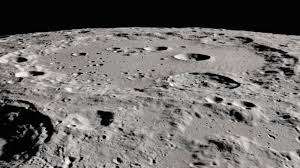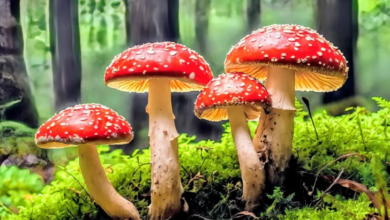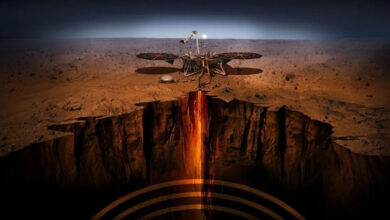New Research Reveals Water on Moon’s Surface

Recent findings indicate that water on the moon is more widespread than previously believed, even in sunlit areas, Earth.com revealed yesterday.
Roger Clark, a senior scientist at the Planetary Science Institute, and his team utilized data from the Chandrayaan-1 spacecraft’s Moon Mineralogy Mapper (M3) to uncover this information. The M3 instrument’s infrared spectroscopy revealed the presence of water and hydroxyl molecules across the lunar surface, challenging the notion that water was limited to polar regions.
Meteor impacts play a crucial role in distributing water-rich materials, suggesting potential resources for future lunar missions. Although lunar water is “metastable” and degrades over time, hydroxyl remains, which could be combined to produce water and oxygen for astronauts.
Additionally, the study highlights the moon’s geological complexity, with variations in water content across different rock types. These discoveries could reshape mission planning and exploration strategies, revealing the moon as a dynamic world rich in resources. The research is detailed in The Planetary Science Journal.





